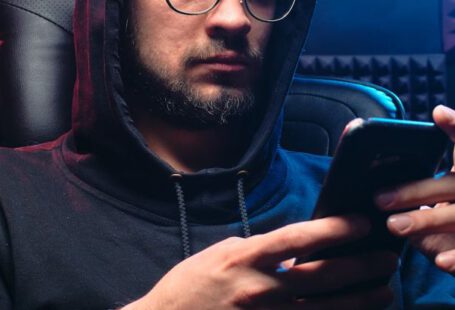In today’s digital age, where cyber threats loom large, securing online accounts has become more critical than ever. One effective method that has gained popularity in recent years is two-factor authentication (2FA). This additional layer of security enhances the protection of personal information and sensitive data from unauthorized access. Let’s delve into what two-factor authentication is and why it is crucial for safeguarding our digital identities.
The Basics of Two-Factor Authentication
Two-factor authentication, also known as 2FA, is a security process that requires users to provide two different authentication factors before granting access to an account or system. These factors typically fall into three categories: something you know, something you have, and something you are.
1. Something You Know
The first factor usually involves something the user knows, such as a password, PIN, or answers to security questions. This is the most common form of authentication and serves as the initial step in the verification process.
2. Something You Have
The second factor typically involves something the user possesses, such as a smartphone, security token, or smart card. This physical item generates a unique code or one-time password that must be entered to complete the authentication process.
3. Something You Are
The third factor involves biometric data, such as fingerprints, facial recognition, or voice patterns. This form of authentication relies on the user’s unique biological characteristics to confirm their identity.
Benefits of Two-Factor Authentication
Enhanced Security: By requiring two separate factors for authentication, 2FA significantly reduces the risk of unauthorized access to accounts. Even if one factor is compromised, the second factor acts as an additional barrier against potential breaches.
Protection Against Phishing: Phishing attacks, where cybercriminals attempt to trick users into divulging their credentials, are less effective when 2FA is in place. Even if a user unwittingly provides their password, the second factor prevents unauthorized entry.
Securing Sensitive Data: For individuals and organizations handling sensitive data, two-factor authentication adds an extra layer of protection against data breaches and identity theft. This is particularly important for financial institutions, healthcare providers, and e-commerce platforms.
Compliance Requirements: In many industries, regulatory bodies mandate the use of multi-factor authentication to ensure compliance with data protection regulations. Implementing 2FA can help organizations meet these requirements and avoid potential fines or penalties.
Ease of Implementation: With the widespread availability of 2FA across various online platforms and services, implementing this security measure has become more accessible to users. Many websites and apps offer built-in 2FA options for added security.
Protecting Your Digital Identity
As cyber threats continue to evolve, safeguarding your digital identity is paramount. Two-factor authentication provides an effective and user-friendly way to enhance the security of your online accounts. By combining multiple authentication factors, 2FA offers a robust defense against unauthorized access and fraudulent activities.
Stay Vigilant: While two-factor authentication significantly improves security, it is essential to remain vigilant and practice good password hygiene. Choose strong, unique passwords for each account and regularly update them to reduce the risk of unauthorized access.
Final Thoughts
In conclusion, two-factor authentication is a crucial tool in the fight against cyber threats and identity theft. By requiring users to provide two separate authentication factors, 2FA offers enhanced security and peace of mind when accessing online accounts. Whether you’re protecting personal information or sensitive business data, implementing 2FA is a proactive step towards safeguarding your digital identity.





